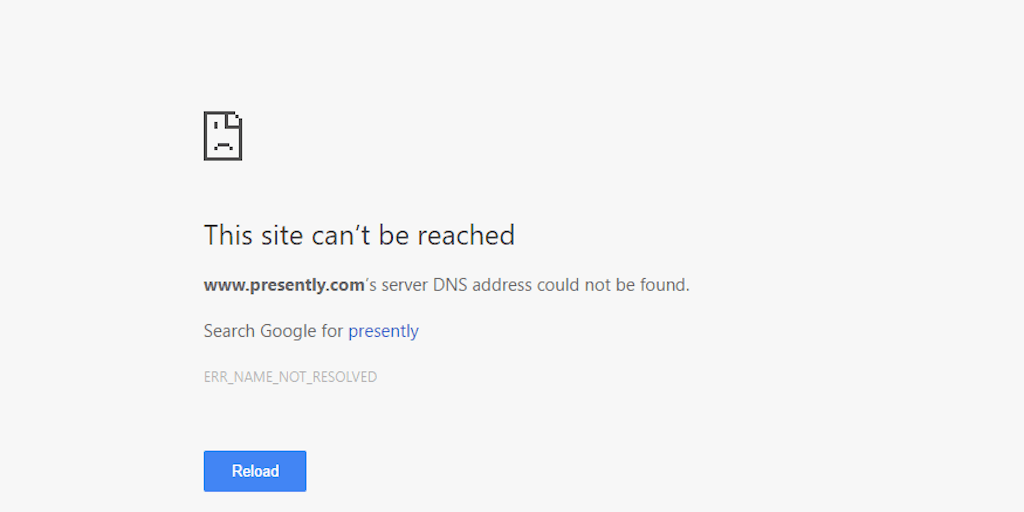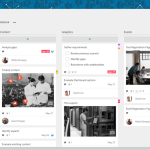[vc_row][vc_column][vc_column_text]Pop quiz. How well do you remember 2010? Here’s a reminder: Kayne West topped the music charts, Donald Trump dominated the news cycle with controversial statements, and tensions soared across the Middle East. In the technology world, newcomer Hashwork was hailed as an up-and-coming free collaboration software. Huh?
In 2010 PCMagazine released the list of the hottest free collaboration software in the market. We decided to follow up to see how well these platforms performed in the last six years and to speak to some of their current customers. What we found out will surprise you.
Only one out of the 15 free collaboration software is still free and most have been sold or shut down. Had you signed up for ANY of the 14 other platforms, it would have been a mistake.
Here’s a breakdown of the 15 solutions and how they ended up –[/vc_column_text][/vc_column][/vc_row][vc_row][vc_column css=”.vc_custom_1466487547610{border-top-width: 30px !important;padding-bottom: 30px !important;}”][thb_image image=”2166″][/vc_column][/vc_row][vc_row][vc_column css=”.vc_custom_1466430978558{padding-top: 20px !important;padding-bottom: 20px !important;}”][vc_column_text]7 were shut down or are on life-support: Snapia, HashWorks, Obayo, and Qontext are twitter-type microblogging sites that were shut down. Co-op is still operational, but not accepting new customers. Present.ly provided a free version of its Enterprise messaging and file sharing solution and shut down. Socialwok only exists as lead generation website.[/vc_column_text][/vc_column][/vc_row][vc_row][vc_column css=”.vc_custom_1466431044729{padding-top: 30px !important;padding-bottom: 30px !important;}”][thb_image image=”2152″][vc_column_text]2 were sold and closed: The Cubetree microblogging site was purchased by SuccessFactors and shut down. Similarly, the Jaikus microblogging site was purchased by Google and shut down.
3 Are no longer free: Socialcast, Socialtext still exist but do not provide a free version. Yammer was purchased by Microsoft and is no longer free.
2 switched to open source code download: Sharetronix and Status.net only provide their source code for download.
1 open source code still free: Cynapse still offers the open source version of its commercial software for free download but provides no support. Out of all 15, this is the only case where the model has not changed.
Why did companies give their software away for free?
Looking back, it is easy to ask the question why companies gave away their software for free. Unfortunately, I do not have an MBA but I have hired and worked with enough MBA’s to know some basics about business: companies need to make money in order to stay in business.
Why were these packages free? Because for every five Social works there is one Yammer. Venture capital-backed software companies often lose money but try to rapidly acquire customers in the hope of being sold to Google or Microsoft. In 2010, there many companies trying to get on the Twitter bandwagon by providing a corporate style twitter.
For the founders of Jauiks, this may have been a winning strategy, but is not clear how their customers benefited.
Postmortem: why did these free collaboration software fail?
Why did so many of the me-too twitter type free collaboration software shut down?
Standalone solutions are less valuable than end-to-end solutions: At Binfire, we have conducted several research studies on the topic of collaboration and project management software. Our findings indicate that project teams prefer to have collaboration functionality included in their project management software.
Vendors do not understand collaboration in the work environment: I’ve built project management and collaboration software from the bottom up and I have watched vendors come and go in this category. One thing I noticed over the years is that many software vendors do not understand how collaboration works in the corporate workplace. It’s easy to create a copy of Twitter and change the UI. What is difficult to understand is how teams work together to crowdsource information, brainstorm and solve problems.
What can we learn about free online collaboration software?
Let’s say this in the simplest possible way: “free” is usually a mistake. When you sign up for free collaboration software or a free project management software that is in the cloud you are taking a big risk:
If the vendor shuts down, there is no guarantee that your project information, documents, and other information will be saved.
If the company changes from free to premium payment plans, you may be forced to upgrade at an arbitrary price. Refuse to pay and you lose everything.
If the company stops supporting the software but provides source code, you will need to find a developer with expertise in the software. This may not be easy or cost-effective.
What to look for in online collaboration software and online project management software
When reviewing online project management software and collaboration software, don’t start with the vendor list. First, evaluate your own needs based on what your team requires. For instance, if you have a lot of remote workers, then consider project management software that enables transparent workflows and permission-based access to Task Management.
Do some research on the software company. How many customers do they have, how long have they been in business and do they have references? At Binfire, we are asked these questions every day and your software vendor should have good answers.
Remember you never want to be a beta customer or find out one day that all your project plans and team data is no longer accessible.
What are your predictions for 2021?
Looking ahead to 2021, which of today’s free or even paid software packages will be around? Will Kayne West still be leading the charts and more importantly, will Donald Trump still be dominating the headlines? We will leave Middle East peace for a different time.[/vc_column_text][/vc_column][/vc_row]




Pingback: We are bringing the gift of collaboration to you! - Collaboration Corner
Pingback: We are bringing the gift of collaboration to you! - Collaboration Corner
Pingback: We are bringing the gift of collaboration to you! - Collaboration Corner
Pingback: We are bringing the gift of collaboration to you! - Collaboration Corner
Pingback: We are bringing the gift of collaboration to you! - Collaboration Corner